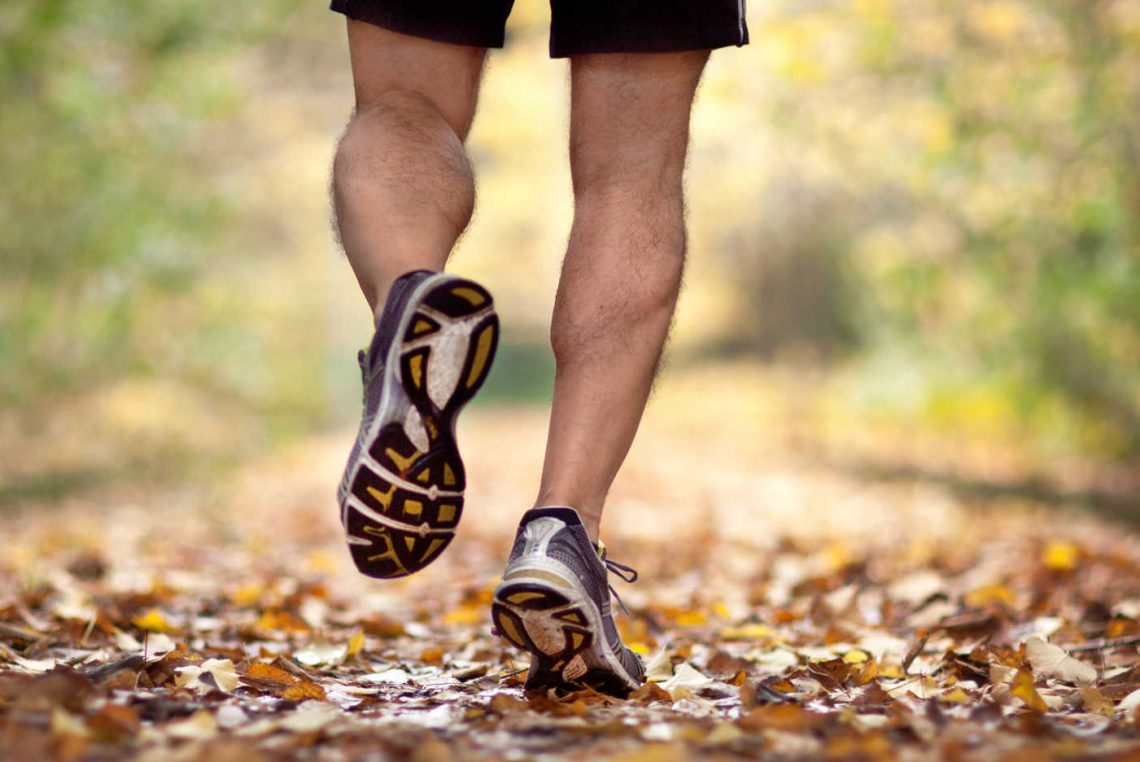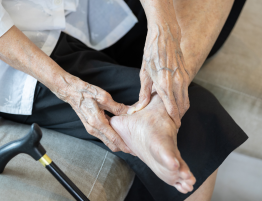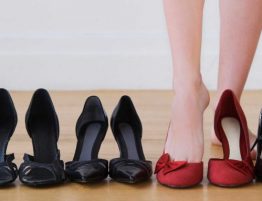
The joy and beauty of running
Studies have shown that exercise in moderation can reduce your risk of heart disease, high blood pressure, diabetes, Alzheimer’s, dementia, obesity, and premature aging. Regular workouts can also promote muscular health, skeletal health, and boost your mood. In many ways, exercise may be the most important component of a healthy lifestyle.
Running is a great way to get into shape. It has a proven effect of lifting your mood and is an incredibly effective way of making you healthier.
Why more people are running now?
There is no doubt that more people are taking running as their preferred method of exercising now that ever. Not only does it take you out of the confinement of the gym, but It is also a great way of making more friends, exploring new places, listening to your favourite music, breathing some fresh air and keeping a good shape.
Scientifically, running can raise your levels of good cholesterol, increase your lung function, boost your immune system and lower your risk of developing blood clots. Some studies show that running can help to lower your risk of breast cancer. It can also help reduce the risk of having a stroke. It is one of the best forms of exercise for losing or maintaining a consistent weight. Running can also provide a noticeable boost to your confidence and self-esteem. By setting and achieving goals, you can help give yourself a greater sense of empowerment that will leave you feeling much happier. It also helps to reduce your chances of developing tension headaches and depression.
Should we just run more then?
Having mentioned all these benefits of running it is important to point out that like many things in life, too much is not necessarily too good. Unfortunately, people are different and we are not all capable of running to the same extent or with the same intensity.
What is a good running style?
There is a general assumption that everybody already pretty much knows how to run. Running however is a complex mechanical process when thinking about the multiple joints, muscles and tendons involved.
In general, it is broadly agreed that a good running style should involve a mid-foot strike; ground contact should be as near to under centre of mass as possible; runners should have a slight forward lean in their stride–from the ground, not from the hip; your arms shouldn’t cross the centre of your body. But the reality is that people are different and even professional runners have different running styles. You need to be comfortable in the way you run and experiencing no significant pain.
How can I run in a safer way?
To be able to enjoy running for longer you must look after your body. Here are some precautions that can help you to run in a safer way:
- Your running should be pain free. You can feel tired or exerted after running but you should not be in pain during running. Pain usually arise from tendons that inflamed or bone that is too stressed and about to break. If you push through pain barriers the likelihood is that you will tear a tendon, or cause it to inflame significantly, or you could sustain a stress fracture. If your running becomes painful you need to slow down and look closer at the cause of the pain, at your running shoes, at your running style or your pace.
- You should increase the distance or speed of your running very gradual. The classic example I see in the clinic is the very occasional runner who gets too excited and decides to run a marathon. They build their running up over a short period and that’s when they get injured. The best is to increase your running by no more that 10% every other day.
- You should always give a chance to your tendons and muscles to recover before hammering them again and in general that means running no more than every other day.
- You running shoes need to be very comfortable, very supportive and very well padded. Good running shoes are very important. In general, different running shoes have different heel to toe inclination. If you are serious runner you will know that too high inclination could increase your risk of ankle injuries and too low inclination could put too much tension on your Achilles tendon. You must strike the right balance in between.
- Never to ignore pain from your Achilles tendon. Your calf muscles must not be tight to allow you enough flexibility to pull your foot up during running. Running with tight calf muscles has a lot of down sides including building a lot of tension in your Achilles tendon that can cause it to inflame or even rupture. Stretching is an important part of preparing for your running.
- You must know your limitations. If you are 40 and you had a previous ankle fracture and surgery you should not assume that you can or should run like a 20-year-old who never had any previous injuries. A fracture can cause a process of wear and tear to start in the ankle and the high impact from running can only make this process progress faster. Although a lot of patients who sustain an ankle fracture might still have a very healthy joint, if you do have arthritis it might be better for you to consider other forms of exercises than running.
- You must keep stretching. To reduce injuries, you’ve probably got to stretch for more than five minutes in total, doing a few different stretches. Dynamic stretching is different than static stretching. In simple words, static stretching tells the body’s muscles to calm, whereas dynamic stretching excites your body’s systems and gets the body prepared for further movement. That’s why you can do the static stretching at any time but it is better to do the dynamic stretching just before the start of your running.The static stretches however can be used in preparing muscles for eccentric activities in which the muscle lengthens as it is stressed (like hiking downhill).
Being addicted to running
Numerous studies showed that moderate exercise was good, but excessive exercise could be damaging.
The term “positive addiction” has been used to describe those runners who simply cannot stop running. Those who run excessive distances and soldier through pain and keep going even when they know they are injured. The word “positive” here is used to differentiate it from “negative” addictions like smoking and alcohol dependence. The difference is that positive addictions usually are praised by surrounding people and in many ways, is not regarded as such a bad thing for you.
The reality however is over doing the running can cause a lot of injuries like Achilles tendonitis, plantar fasciitis, metatarsalgia, stress fractures and arthritis. Professional athletes are a completely different group of people, as due to many factors they can sacrifice health for the sake of performance to achieve certain targets. But most runners are not professional athletes and to be able to enjoy running for longer and to avoid injuries it is very useful to have a good balance between exercise and rest and to have a healthy running style.
Hopefully by following some of the points mentioned here we can all enjoy running for longer.
Hisham Shalaby




